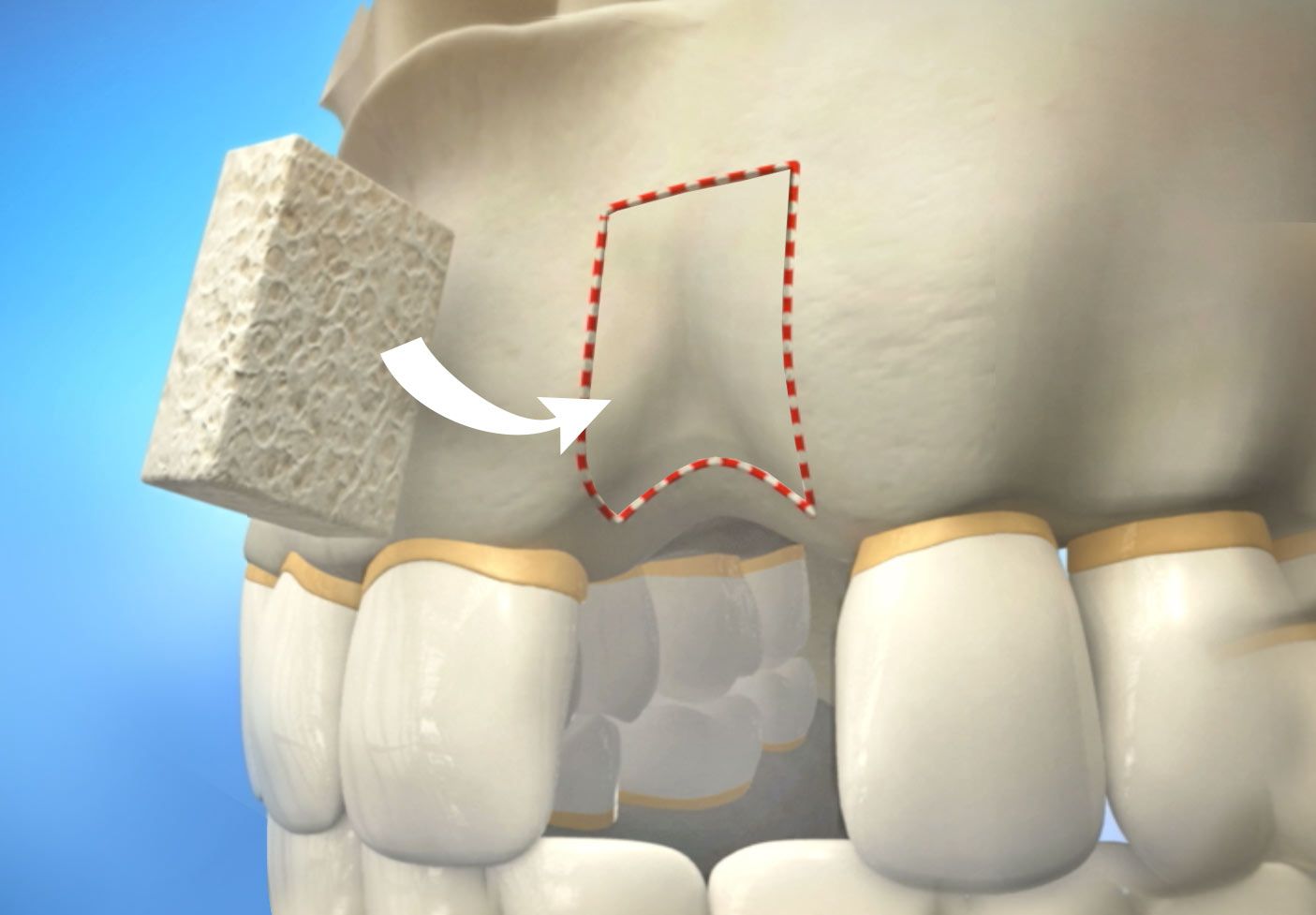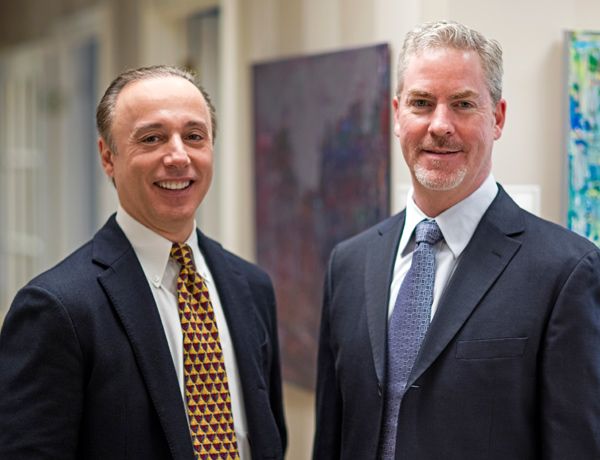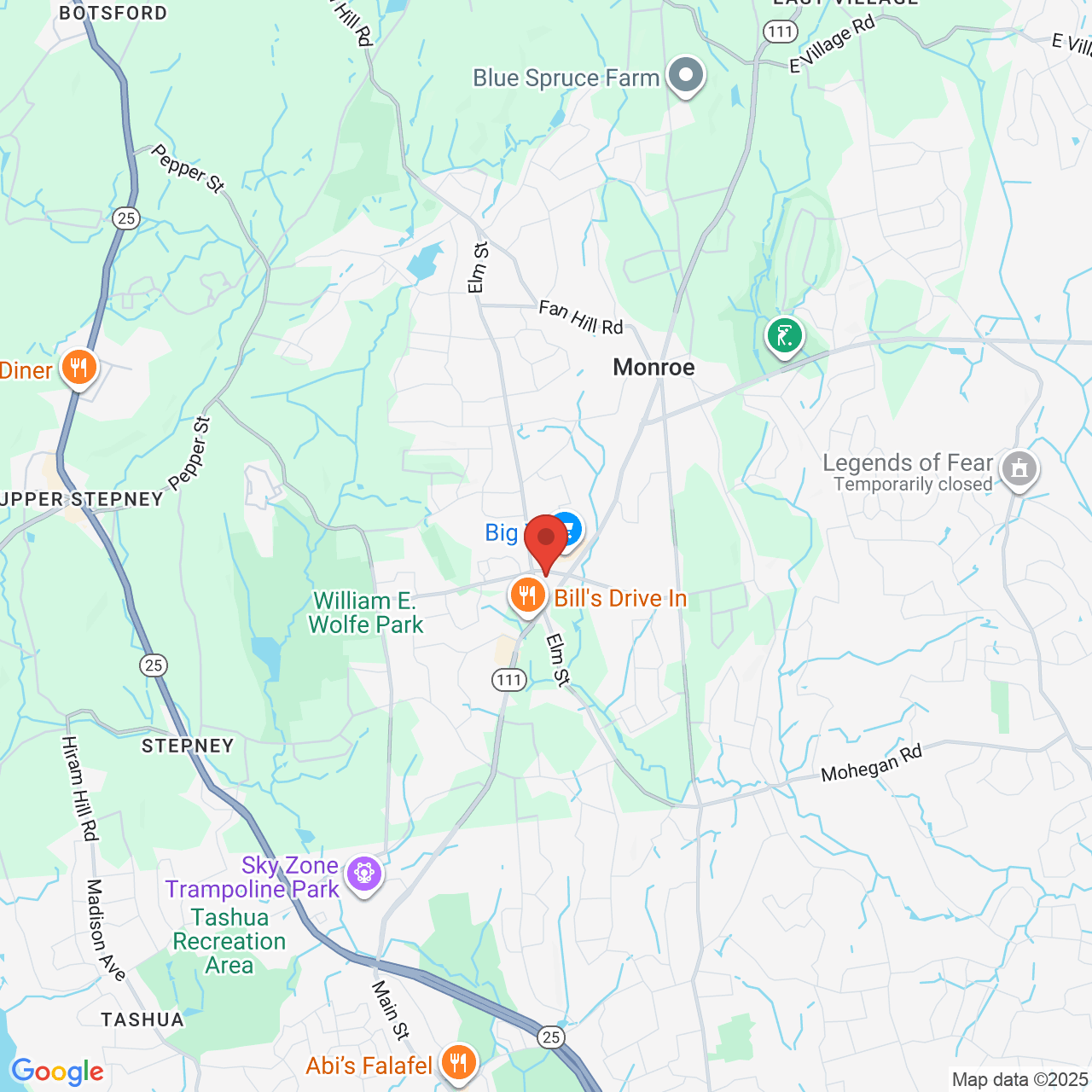Boost Jawbone Density and Health with a Dental Bone Graft
When tooth loss occurs, the supporting jawbone begins to deteriorate. This loss of volume and density can have a negative impact on oral health, and also affect eligibility for dental implant surgery. Fortunately, this condition can be addressed with a dental bone graft at our Monroe, CT, practice. This procedure adds bone tissue to the area of deficiency, promoting optimal oral health and creating a solid foundation for dental implants. With decades of experience, Dr. John G. Fatse and Dr. John S. Scovic are qualified to treat a range of oral health issues. Dr. Fatse is a fellow of the Academy of General Dentistry, a distinction that less than five percent of all dentists have achieved. Dr. Scovic is a member of the American Academy of Implant Dentistry.
Exploring Candidacy
Bone grafting is a versatile procedure and may be recommended for several different reasons. You may benefit from a dental bone graft if:
- You have severe periodontal disease: Gum disease is characterized by an infection that erodes the supporting jawbone. A dental bone graft can stabilize the affected teeth and reduce the risk of tooth loss.
- You need to have a tooth extracted: Today, it is common to place a dental bone graft whenever a tooth is extracted. This prevents the jawbone from collapsing and improves overall oral health.
- You want to replace a missing tooth with a dental implant: Since dental implants replace missing teeth roots, they must be completely embedded in healthy, dense bone tissue. A dental bone graft can increase eligibility for dental implants and promote successful treatment.
To qualify for bone grafting, patients must be in good general health and should not have any medical conditions which could make oral surgery a risk. During a consultation at our practice, our doctors will review your health history in detail to determine your candidacy for this procedure.

Understanding the Procedure
Bone grafting can be performed under local anesthesia. However, we also offer nitrous oxide sedation to help our patients feel more comfortable during treatment. To begin the bone grafting procedure, the doctor creates a small incision in the gums. This allows access to the underlying jawbone.
With decades of experience, Dr. John Fatse and Dr. John Scovic are qualified to treat a range of oral health issues.
Next, bone grafting material is added to the deficient area. The graft material can be obtained from the patient’s body, or can be purchased from a bone and tissue bank. In many cases, the graft is covered with a biocompatible membrane. Finally, the gums are repositioned and the incisions are closed with stitches. Typically, this procedure can be completed in less than one hour.
Recovery after Bone Grafting
Since a dental bone graft is a surgical procedure, patients can expect some degree of discomfort following their appointment. In most cases, however, individuals report little to no pain. Tenderness can be managed with over-the-counter pain relievers, such as acetaminophen, ibuprofen, or naproxen.
Once the bone graft procedure is complete, a few months of healing are required before a dental implant can be placed. To determine the most appropriate location for your implant, we use cone beam computed tomography (CT) scanners, which provide us with an accurate view of your oral anatomy. In some select cases, the bone graft and implant may be placed during the same appointment.
Contact Our Dental Practice
To learn more about dental bone grafts, or any of the other general, restorative, or cosmetic procedures we offer, schedule a visit with Dr. John G. Fatse or Dr. John S. Scovic at our Monroe practice. Contact us online or call (203) 268-5051 to connect with our dental team today.

